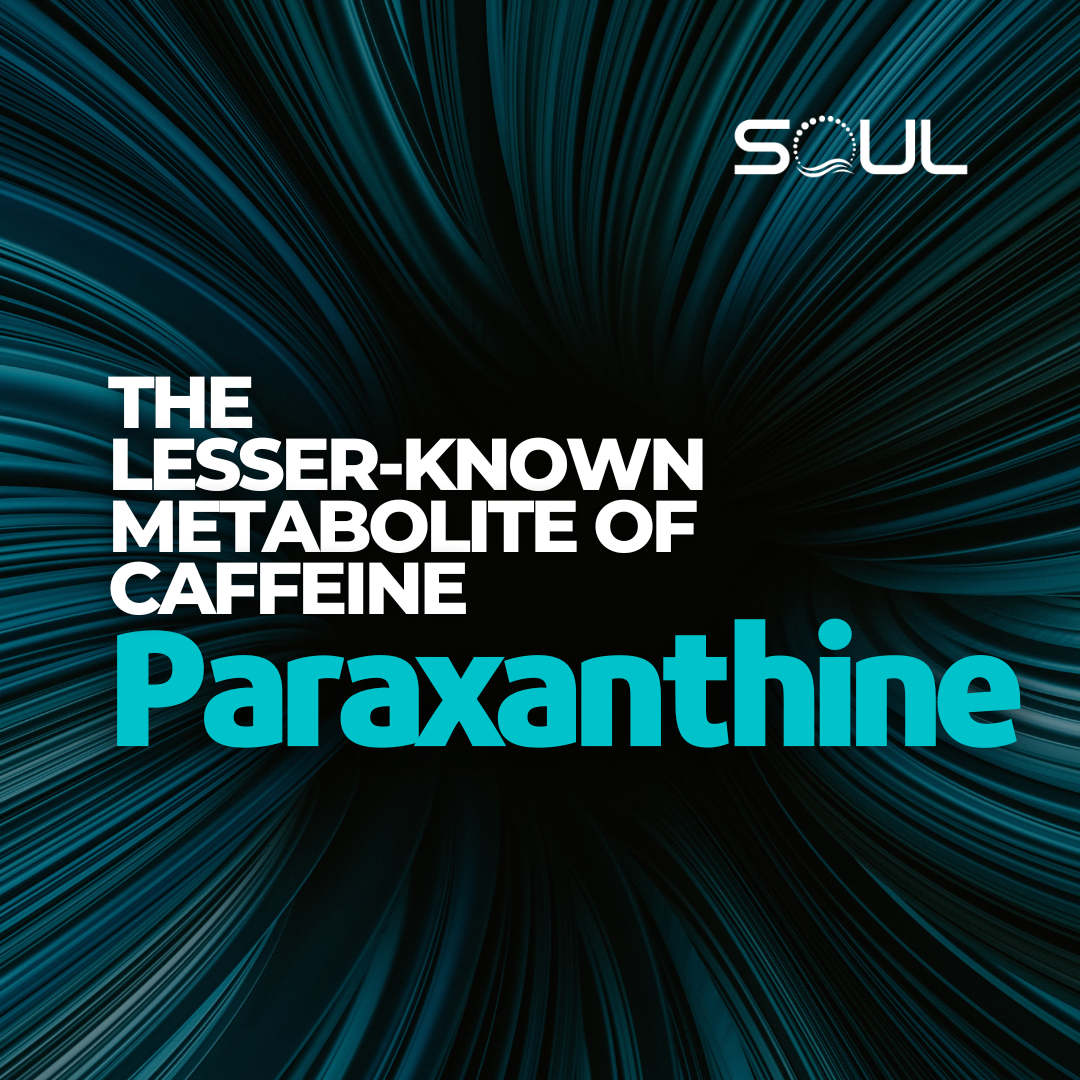
Paraxanthine: The lesser-known metabolite of caffeine
Every morning, millions of people around the world reach for a cup of coffee to kickstart their day. Caffeine, the beloved stimulant in that cup, has become the world's most widely consumed psychoactive substance. It's the silent partner in our teas, the energy in our drinks, and even a hidden ingredient in some medications and supplements. But what if I told you that caffeine is just the beginning of the story? Beneath the surface lies a lesser-known compound that might just be the key to unlocking new levels of focus and vitality: paraxanthine.
The Unsung Hero Behind Your Morning Buzz
While caffeine takes center stage in our quest for alertness, it's paraxanthine that quietly works behind the scenes. When you sip that espresso or enjoy a refreshing iced tea, your body gets to work metabolizing caffeine through a specific enzyme in the liver known as CYP1A2. This metabolic process transforms caffeine into paraxanthine, a xanthine alkaloid belonging to the same family as the well-known stimulants theobromine and caffeine itself.
Paraxanthine doesn't just sit idly by. It actively engages with your central nervous system, much like caffeine, but with some intriguing differences that might make it a superior ally in our daily lives.
Caffeine's Dance with Adenosine
To appreciate paraxanthine's potential, we must first understand how caffeine operates. Caffeine's primary mode of action is its ability to bind to adenosine receptors in the brain. Adenosine is a neurotransmitter that gradually accumulates in our system throughout the day, promoting feelings of drowsiness and signaling that it's time to rest. By blocking these receptors, caffeine effectively puts a "Do Not Disturb" sign on our brain's door, preventing adenosine from inducing sleepiness.
This blockade leads to a cascade of neurological effects: increased levels of dopamine, norepinephrine, and acetylcholine flood our system. These neurotransmitters heighten our sense of alertness, improve our mood, and sharpen our focus. It's no wonder we reach for that coffee cup when deadlines loom or energy wanes.
Paraxanthine: A Smoother Operator
Paraxanthine steps into this neurochemical ballet with a finesse all its own. While it shares caffeine's ability to stimulate the central nervous system, studies suggest that paraxanthine does so with less strain on the cardiovascular system. Unlike caffeine, paraxanthine doesn't significantly increase heart rate or blood pressure. For those sensitive to caffeine's jittery side effects, paraxanthine might offer the alertness without the agitation.
But what sets paraxanthine apart isn't just what it doesn't do; it's what it might do even better.
Igniting the Fat-Burning Furnace
Emerging research points to paraxanthine's potential in promoting weight loss, a claim that has piqued the interest of scientists and fitness enthusiasts alike. Paraxanthine appears to enhance the activity of hormone-sensitive lipase (HSL), an enzyme responsible for breaking down stored fat cells. By accelerating lipolysis—the process of converting fat into usable energy—paraxanthine could help turn our bodies into more efficient fat-burning machines.
Imagine a compound that not only keeps you alert but also subtly shifts your metabolism toward greater energy expenditure. It's a tantalizing prospect, especially in a world grappling with obesity and metabolic disorders.
Beyond the Known
Let's venture into the realm of possibility. If paraxanthine enhances HSL activity, could it also influence other metabolic pathways? Perhaps it modulates insulin sensitivity or interacts with other enzymes involved in energy homeostasis. Could paraxanthine, in synergy with other bioactive compounds in our diet, offer a multifaceted approach to wellness?
While these ideas are speculative, they underscore the importance of continued research. Science thrives on asking "what if" and daring to explore the answers.
A Complex Brew Worth Savoring
It's important to remember that neither caffeine nor paraxanthine exists in isolation within our beverages. Coffee and tea are complex concoctions containing antioxidants, polyphenols, and other compounds that contribute to their overall effects on our health.
As we consider paraxanthine's potential, we should approach it as one piece of a larger puzzle. More research is needed to fully understand its mechanisms and impacts. It's not a magic bullet for weight loss or a standalone solution for metabolic health, but it is a fascinating molecule that deserves our attention.
The Next Chapter in Stimulation Science
Paraxanthine may be the unsung hero of our daily caffeine ritual, offering similar benefits with potentially fewer drawbacks. Its ability to stimulate without overstimulating, to energize without taxing the heart, positions it as a compound worthy of further exploration.
These statements have not been evaluated by the Food and Drug Administration. This product is not intended to diagnose, treat, cure or prevent any disease. This article is for informational purposes only and is not a substitute for professional medical advice. Always consult your healthcare provider regarding any health concerns or before starting new supplements.
